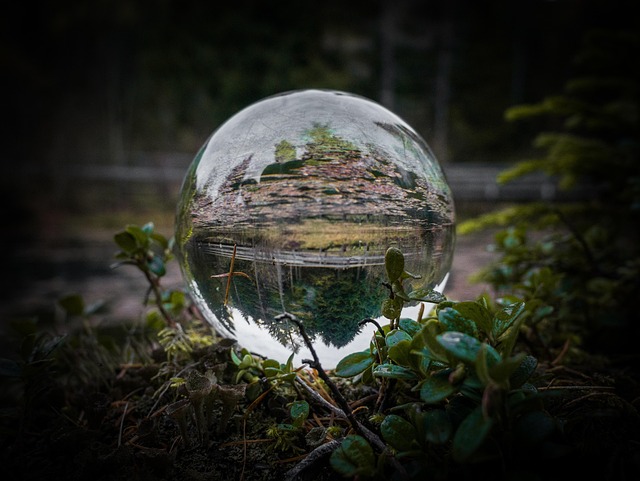In the intricate world of photography, the art of vignetting isn’t merely a technique; it’s a powerful storytelling tool that can elevate the emotional impact of your images. For many photographers, the allure of vignetting lies not just in its aesthetic appeal but also in its ability to guide the viewer’s eye and create a sense of depth and intimacy in a photograph.
As we delve into the realm of layers, it’s essential to recognize how achieving the perfect vignette requires more than just a single adjustment. Each layer you create in your editing software can bring forth different aspects of your image, weaving a narrative that draws the viewer closer. Think of your photograph as a stage, where each layer is an actor contributing to the overall performance.
When considering vignetting, it’s important to start with a solid understanding of your camera settings and optics. Depending on your lens, natural vignetting can occur due to lens design, often resulting in darker corners that can either enhance or distract from your subject. Embrace these optical characteristics, and use them to your advantage. Capturing images with intentional vignetting can set a unique tone and mood that resonates with your audience.
In post-processing, the real magic with layers happens. Begin by duplicating your base image layer. On this new layer, apply a subtle vignetting effect. Whether you choose to darken the corners or create a soft fade into the background, experiment with the opacity to find the perfect balance that complements your photo without overshadowing it. Adjusting the feathering and size of the vignette allows for a more seamless blend, embodying the organic aesthetic of your original shot.
For those who are more adventurous, consider adding multiple layers of vignetting, each with varying degrees of intensity and size. This not only creates a more dynamic look but also provides a sense of dimensionality. For instance, a subtle vignette around the subject’s face can create a halo effect, enhancing the emotional weight of the portrait while darker edges draw the viewer’s focus towards the heart of the image.
Additionally, don’t hesitate to utilize masks with your layers. This feature allows you to selectively apply your vignetting, ensuring that the focus remains exactly where you want it while keeping the rest of the image balanced and harmonious. It’s these small, thoughtful adjustments that can transform a standard photograph into a captivating work of art.
Whether you’re capturing fleeting moments or meticulously composing a scene, mastering vignetting through layers is an empowering skill for any photographer. This technique not only highlights your subject but also enhances the overall visual flow of your photograph. With practice and experimentation, you will discover how layers can unlock new dimensions in your photography, inviting viewers to look deeper and feel more.



